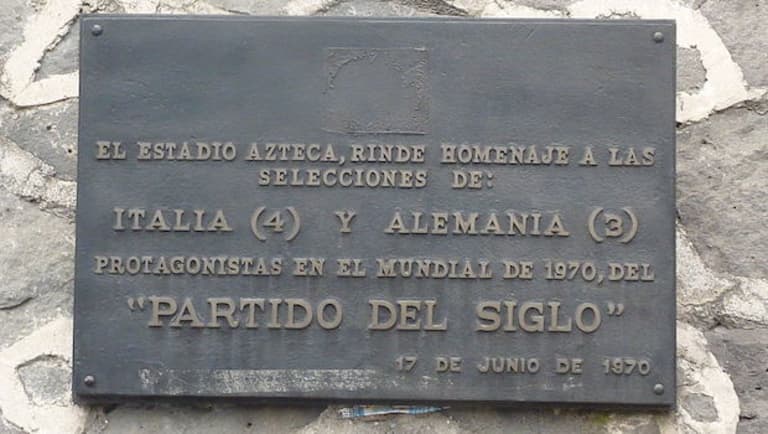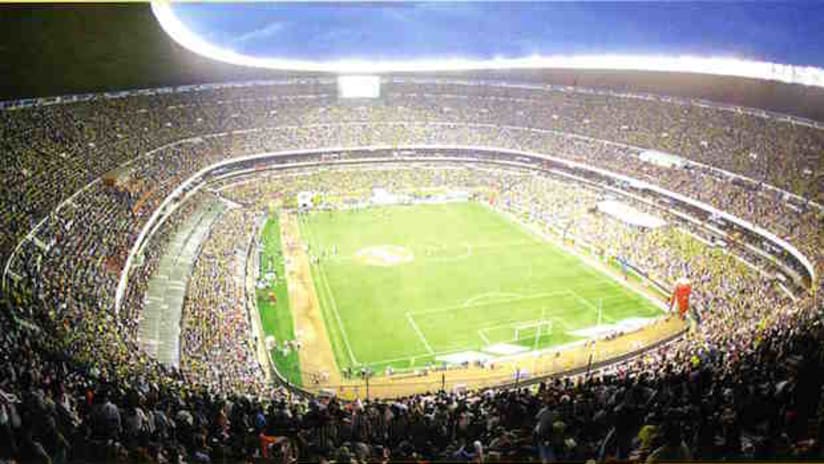For months now, fans and pundits have been hearing about the intimidating environment when playing a game on the road in Central America or Mexico, with one major influencer: the electric atmosphere of the home fans.
IMFC saw a good example of that in the decisive leg of the Champions League semifinals at Alajuelense, when 18,000 Costa Rican supporters were singing and chanting the entire game while throwing coins, cans and even shoes onto the pitch in hopes of intimidating the visiting side. The Bleu-blanc-noir fought through and qualified for the finals anyway.
Now, travelling back to Mexico City after defeating quarterfinalists Pachuca, the team knows what to expect in terms of the heat and altitude, but the environment in-stadium will be like nothing the club has ever seen before.

Storied stadium
Estadio Azteca holds 105,064 spectators, and with over 75,000 of them rocking the structure for Club América’s semifinal win over Herediano, the stadium should be sold out for the club’s first ever appearance in the finals since the Champions League format came into effect.
Regarded as one of the most famous and iconic football stadiums in the world, it was the first to have ever hosted two FIFA World Cup Finals, with Brazil defeating Italy 4-1 in 1970, before Argentina topped West Germany 3-2 in 1986.
FIFA.com has described the stadium as such: “The cavernous three-tiered bowl's signature roof traps and amplifies noise from the massive upper level, filling the air with high pitch shrieks and a deafening, cacophonous din to make the Mexico City landmark, and home to domestic giants Club America, one of the loudest stadiums anywhere. Add to that its more notorious conditions, namely altitude and smog, and you have the most inhospitable of venues for visiting teams.”
Azteca officially opened in 1966 at a cost of $260 million, with upgrades done in 1985, and is now owned by Mexican TV consortium Televisa. The stadium has been given the nickname "Coloso de Santa Ursula", which means "Colossus of Saint Ursula", due to its large structure and the part of town where the stadium resides in Mexico City.
The stadium is also the home of two of the grandest moments in World Cup history, hosting what has become known as the “Game of the Century” – a 4-3 extra time victory for Italy over West Germany in the 1970 semifinals, as well as being the site of both Maradona’s “Goal of the Century” and “Hand of God” goals for Argentina, eliminating England in the 1986 quarterfinals as a result.
As IMFC continues to make history during this current Champions League run, Azteca seems like a fitting site to host a game of this magnitude. On April 22, it will become enemy territory for the first leg of the finals.
Just remember, Olympic Stadium will host a game of even greater importance on April 29.




